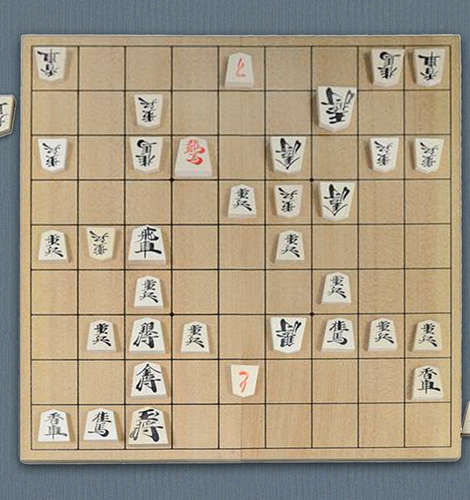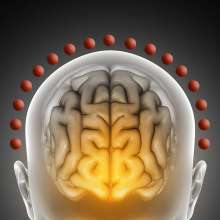Both humans and animals are often required to make a decision on whether to attack or to defend in a situation, and behavioural studies suggest that such strategic decision is frequently made before concrete options are evaluated.
Numerous previous studies exploring decision-making in the brain have focused on how choices are made between options that yield different payouts and involve different levels of risk. These choices depend on overall strategy the brain adopted, but it is unclear how the strategy itself is selected.
Latest study
A new study, published in this week's scientific journal Nature Neuroscience, monitored the brain activity of Japanese chess (shogi) players. Shogi, lends itself particularly well to distinguishing between offense- and defense- minded strategies because there is a strong dichotomy between the two.
The researchers, Keiji Tanaka and colleagues at the Riken Brain Science Institute of Japan, used functional magnetic resonance imaging to track the brain activity of 17 highly-ranked amateur shogi players as they decided whether particular board positions represented opportunities to go on the offensive or play defensively.
During a second trial type, players were asked to select game moves for pre-determined board positions and strategies (defensive or offensive). This allowed the researchers to identify the brain regions that specifically encoded strategy rather than move choice.
Results
They found that strategy decisions were indeed made before the moves were selected, supporting the idea that we first adopt a strategy and later select a particular action within those constraints.
Offense- and defense- minded strategy values were encoded in two distinct brain regions: posterior cingulate cortex (PCC) and rostral anterior cingulate cortex (rACC), respectively.
Furthermore, activity in the dorsolateral prefrontal cortex (dlPFC) was most strongly related to the difference in offense- and defense- minded strategies, suggesting that dlPFC is involved in strategy selection.





